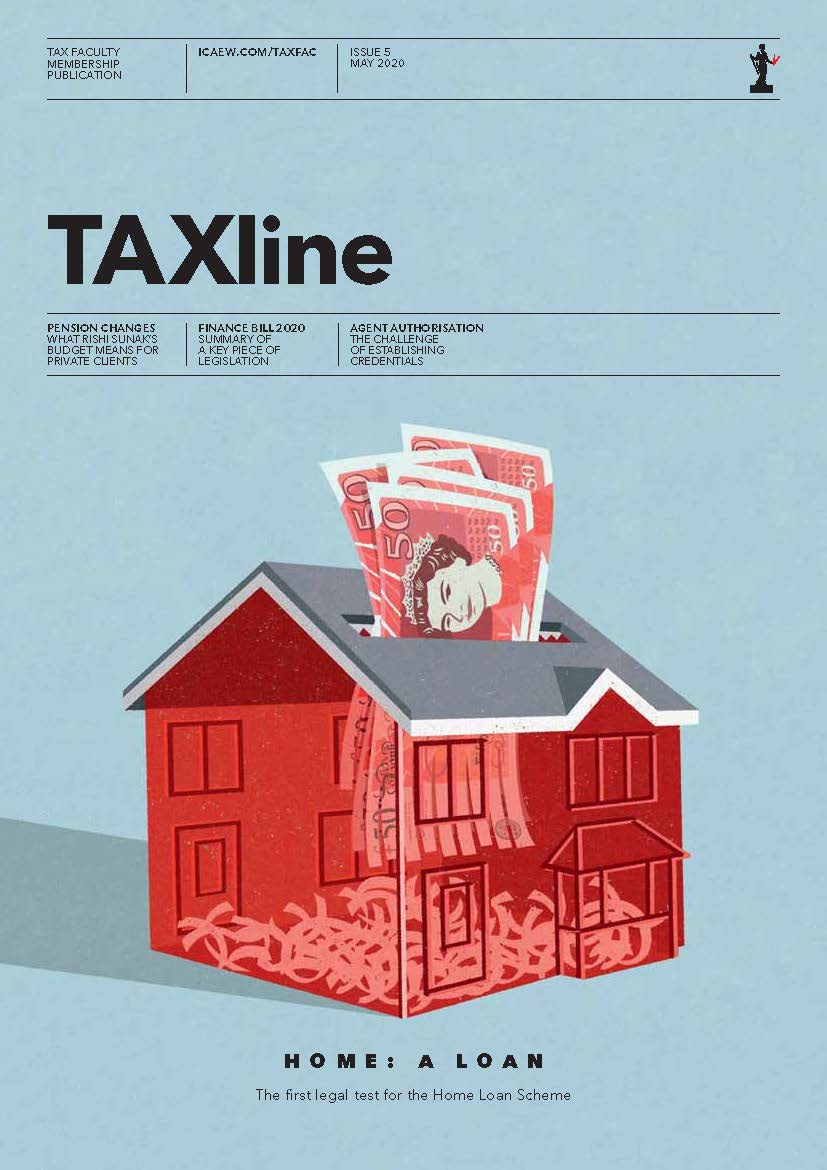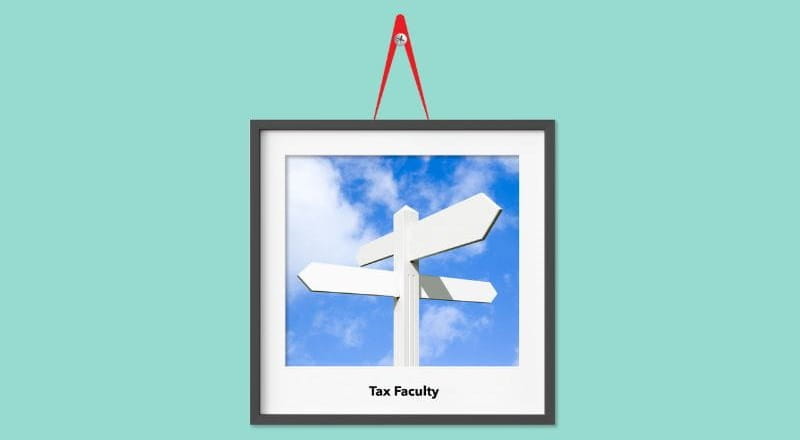The concept of employee ownership is nothing new, but the employee ownership trust (EOT) provisions enacted by the Finance Act 2014 allow shareholders to realise a capital gains tax (CGT)-free gain where a trading company is sold to an EOT, and for employees to benefit from income tax-free bonuses of up to £3,600 per year. The Employee Ownership Association now reports that there are more than 1,650 employee-owned businesses in the UK.
Why employee ownership?
Evidence shows a number of potential benefits, including a company that is more productive, innovative and resilient to economic turbulence, and employees that are more engaged, more fulfilled and less stressed.
An EOT should primarily be viewed as a business structure rather than a form of tax relief. While a tax-free sale is enticing, an inappropriate or poorly planned sale into an EOT could push the business into financial hardship and jeopardise the business’s ability to repay any amounts outstanding to the vendor shareholders. I explore the tax reliefs in detail in another article.
Structure of the EOT
The concept of an EOT is that a discretionary trust is set up to acquire the shares of the target company from the vendor shareholders. The beneficiaries of the trust must be the employees as a whole, with only limited reasons why an employee may be excluded (eg, the employee is a participator in the company).
Draft legislation (Finance Bill 2024-25, which gives effect to the measures relevant to EOTs announced at the Autumn Budget 2024) introduces a new “trustee independence requirement” with effect for disposals to an EOT made on or after 30 October 2024. This ensures that excluded participators (ie, the vendors) cannot control the EOT by constituting 50% or more of the trustee board or by controlling the trustee company.
A typical structure is for there to be at least one vendor as a trustee, at least while they have consideration outstanding; an individual to represent the employees as a whole (often elected by an employee council); and an independent trustee.
It is common for a new company to be incorporated to be the sole corporate trustee (TrustCo) of the EOT. The above individuals would then be directors of TrustCo to undertake their duties.
Sale value
The trustees have an obligation to the beneficiaries not to overpay for the shares and, for disposals made on or after 30 October 2024, draft legislation imposes a statutory requirement to this effect. Therefore, an independent valuation should be obtained. There are no tax issues with the vendors selling at an undervalue.
Funding
It is common for an EOT sale to be funded out of existing cash reserves and the remaining consideration to be deferred and paid out of future profits. Where this is the case, the company must provide the funds to the EOT, which the EOT can then use to pay the vendors.
Common practice has been to apply for a non-statutory clearance from HMRC to confirm the payments would be treated as ‘contributions’ and therefore not taxable as distributions in the hands of the trust. However, for distributions made on or after 30 October 2024, draft legislation provides a statutory relief where the distributions are used to fund the trustee’s “acquisition costs”. Initially, the relief was drafted quite narrowly but thankfully the government listened to ICAEW, among other bodies, and the relief now applies more widely than would have been the case. The relief must be claimed.
Should the vendors require a higher upfront cash payment than the company can afford, bank funding is possible. Alternatively, the trust itself may obtain finance.
Accounting implications
TrustCo does not own any shares or have any debt due to the vendors, it is simply the corporate trustee of a discretionary trust. Furthermore, it is often a company limited by guarantee, meaning it doesn’t even recognise share capital on the balance sheet.
If the discretionary trust produced a balance sheet it would show an investment in the company. This is likely to be its only asset. It will also have any deferred consideration due to the vendors as a liability. The trust must follow normal trust rules, including being registered with HMRC.
As regards income, for distributions made up to and including 29 October 2024, the trust was unlikely to have any taxable income given that contributions were not treated as taxable, in accordance with the HMRC clearance.
However, it seems distributions made from 30 October 2024 will be treated as taxable income. Relief may be claimed if they are used to fund the trustee’s “acquisition costs”. The result appears to be that the discretionary trust will have to file tax returns in future years, adding an administrative burden, though HMRC guidance is being sought on this point. For ongoing costs, such as fees paid to professional trustees, that have to be paid out of trust funds and are not covered by the new distributions relief, the trust may well now have taxable income.
For EOTs established before 30 October 2024, HMRC says that all previous clearances will be honoured, but there is uncertainty as to how this will be achieved in respect of payments by the company to fund other legitimate costs incurred by the trustees.
The accounts of the trading company or group are unlikely to change. Importantly, the deferred consideration owed to the vendors is not a debt of the trading company. Further, there is no consolidation of either TrustCo or the discretionary trust in the entity’s accounts.
Nick Wright, Director, Jerroms Miller
Further reading
See the helpsheet published by ICAEW
ICAEW’s employee ownership hub
A longer version of this article is available at TAXline, the ICAEW Tax Faculty’s online content hub, along with a second article covering the tax benefits for the vendor shareholders and the employees.
Latest on business tax
The Tax Faculty
ICAEW's Tax Faculty is recognised internationally as a leading authority and source of expertise on taxation. The faculty is the voice of tax for ICAEW, responsible for all submissions to the tax authorities. Join the Faculty for expert guidance and support enabling you to provide the best advice on tax to your clients or business.



